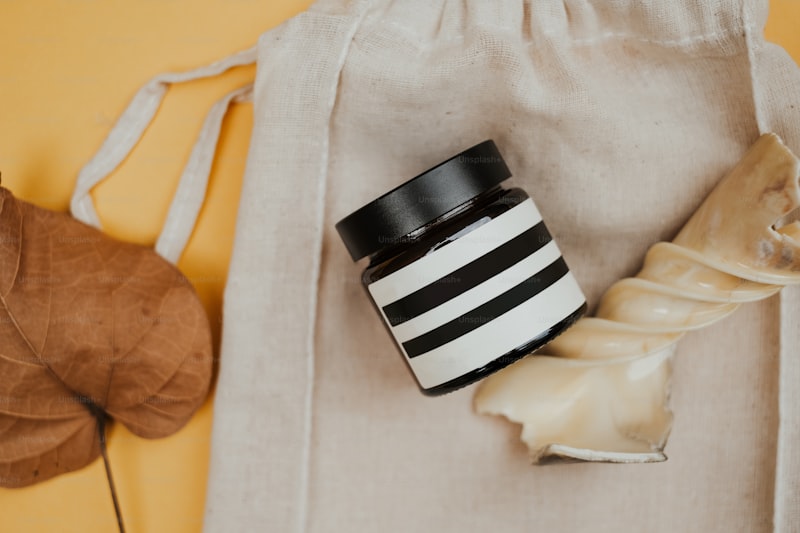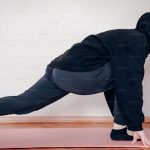I am an Iyengar yoga teacher, so props are part of my practice, day in, day out. In Iyengar yoga, they are used as an extension of the body, a guide for alignment and a support to hold a pose for longer – and countless other things. They are not cool accessories to make yoga easier!
In fact, sometimes when we take a prop, it makes the work harder – we then do the pose properly, rather than letting the body cheat the pose.
But props are used in most other forms of yoga, with the one prop that we all share being the yoga mat – which you can now get made from a variety of ingredients and in all shapes and sizes. But have we got too hung up on props, or do we not use them enough?
A brief history of yoga props
Yoga equipment is a relatively recent invention. In the 1980s, senior Iyengar Yoga teacher Angela Farmer found that she struggled to keep her hands and feet from slipping in downward dog, and so after experimentation, started using a bit of
carpet underlay. From there, in the 90s, a company called Hugger Mugger took on the idea and the first modern-day yoga mats came into being.
In India, for the thousands of years that yoga was practiced before the mat’s invention, they used only the floor or – if they were feeling luxurious, a deer or tiger skin.
The other props: belts, bricks, blocks, bolsters and so on, were originally just domestic items used for those who couldn’t immediately access the final pose. So large dictionaries doubled as blocks, wooden off-cuts were bricks, and ties used as belts.
Gradually, as yoga started to spread in the West, there was a desire for studios to have uniform yoga equipment, and now there are many companies catering for all our yoga equipment needs.
The pros of yoga props
1. To assist with our body’s alignment in the pose
Our bodies have a habit of cheating. When presented with trikonasana, we stick our bottoms out, drop our chests, slightly bend the front leg, and hey presto! – we can take our hand to the floor. But although this can superficially look like the pose, the body has not kept alignment to fully achieve the pose. In the final pose, the chest is open and not dropping to the floor, both legs are straight and the front hip and buttock are drawn in to open the hips to the maximum.
Props are there to aid the body’s slow path to alignment. Habits of posture are very hard to correct as they are learned over time. Yoga has the power to re-teach the body ‘the art of standing’, and it is through props that we can aid the body in this learning journey.
2. To allow less flexible people to achieve the shape of the pose
For those of us that are stiffer of back or tighter of hamstrings, the use of props is a lifeline in yoga. For example, taking the hands to the floor in uttanasana could strain the hamstrings and pull on the back if done before the student is ready. Some teachers get their students to take their hands to their shins but even this can be too much for some students. The use of bricks under the hands allows the front of the body to lengthen as much as the back of the body.
3. To increase comfort and encourage softness
Props are essential for the practice of restorative yoga. Although it is possible to do the odd restorative pose without props, it’s much harder to allow the body to relax into the pose. Bolsters, blankets, sandbags, and eye pillows are all restorative props that encourage the body to melt into the pose and become passive, allowing the mind to also soften and quieten. When women have their periods, taking a prop for a pose when you wouldn’t usually also encourages the body to take the less hard route in the pose, reducing the strain in the body and mind.
4. To allow safe recovery from injury
For those students that have chronic health issues or are recovering from injury, props can be a great boon. A belt wrapped tightly round the femur heads can help to alleviate hip and lower back pain. Blocks under the buttocks for forward bends, or even coming to forward to a chair. Blankets to support the ankles if there has been an ankle injury. There is also the sense that the props are also there to give the student a sense of being physically supported in their practice until their body feels ready.
The cons of yoga props
1. Can create lazy habits
In every Iyengar yoga class, at some point, the phrase ‘Take what you need’ will crop up. Once you’ve been coming to yoga for a while, we tend to go for comfort props, but if you go to the home of Iyengar yoga at the institute in Pune, there will be no gentle suggestion to take props. You just have to get on with it and do it, and if you can’t, you try again. Likewise, if we were told once by a teacher to take a certain prop, we can then assume we need it forever after, amen, without using our own intelligence to assess if our body has changed.
2. Can slow down the lesson
This is more of a teacher’s perspective, but sometimes as a teacher, it’s tempting to use all the yoga props in our classes. It makes us look inventive and it’s fun. But a sequence that took us 90 minutes at home with all our props next to us, can then
take around double that time with a room full of students who have to troop about getting props and then putting them back again. You end up having to cut poses and often don’t get the full benefits of the sequence.
3. Can get in the way of progress/practice
This is similar to creating lazy habits, with the added dimension of the safety blanket feeling that props can give us. We can tell ourselves, ‘I have tight shoulders so I have to use a belt in x pose’ and then this is a self-fulfilling prophecy that means that our shoulders stay tight. Also, if we are only used to practicing with our props all around us, even if those props are just the familiar setting of our mat in our room, when these conditions are not there, then we think, ‘well I can’t practice, because I don’t have x and y’, when the truth is that the only prop we need for yoga is our body.
4. Can create a feeling of being stuck (literally and metaphorically)
Even the iconic yoga mat can cause us to become ‘stuck’ in yoga. Angela Farmer, who adapted her bit of carpet underlay when her hands began to slide found that out. But that very grip on our hands and feet can sometimes prevent those small muscles in the ankles and wrists from working that bit harder to stabilise us in the pose. When we become free of any props then the work falls entirely to our bodies and minds – and we become free to find where our limits actually are.













